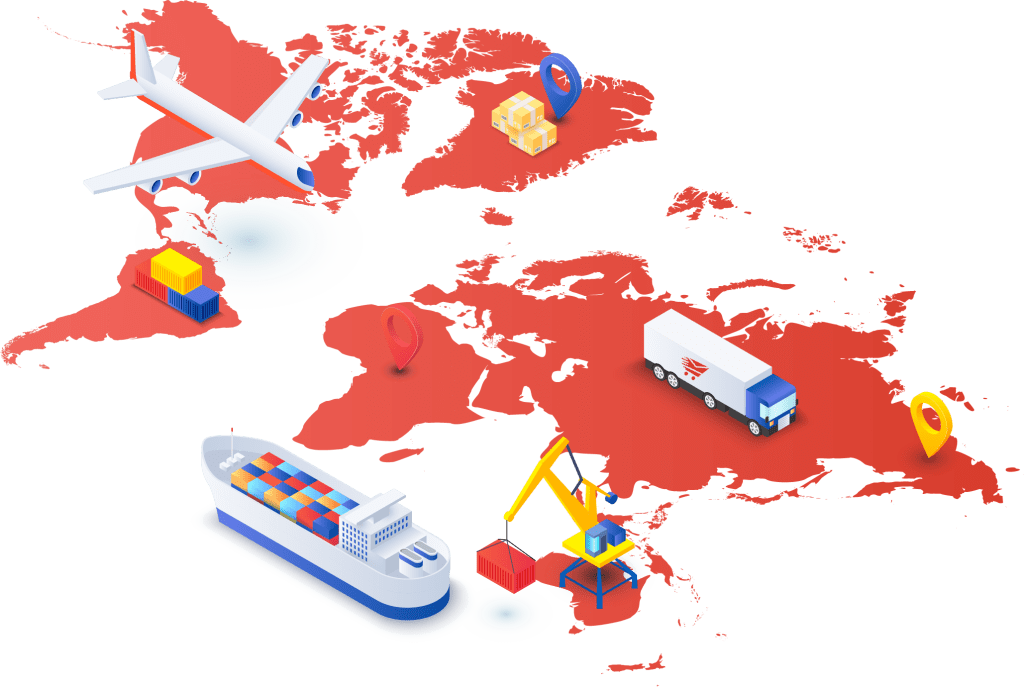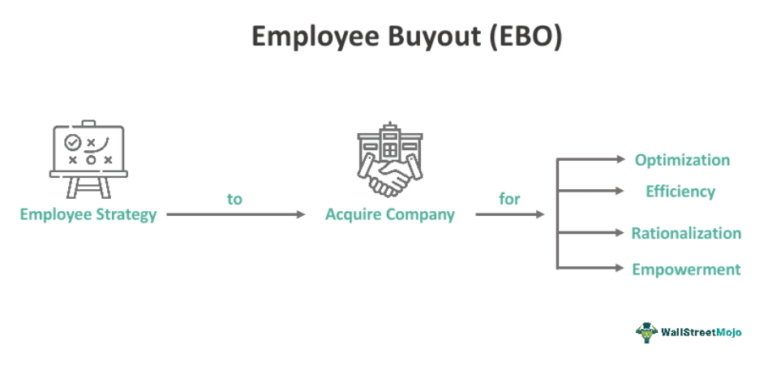
Audience
- Sentiment: Neutral
- Political Group: Conservative
- Age Group: 27-45
- Gender: Both
Overview
- Trump temporarily restored the de minimis trade exemption, allowing goods under $800 to be imported without tariffs.
- The reinstatement has brought both relief and uncertainty to retailers and consumers amid changing trade policies.
- Experts warn about potential chaos in customs and shipping systems due to ongoing policy shifts.
Title: Understanding the Temporary Restoration of Trump’s Trade Exemption
In the world of economics and business, things can change pretty quickly. One day, you’re sending packages overseas without worrying much about tariffs and taxes, and the next, you have to figure out how to navigate a set of new rules. Recently, President Donald Trump signed an executive order that brought back something called the de minimis trade exemption—at least temporarily. This article will break down what that means, why it’s important, and the chaos it’s causing in the retail world.
What is the De Minimis Trade Exemption?
To kick things off, let’s talk about what the de minimis trade exemption actually is. The term “de minimis” comes from Latin and essentially means “about minimal things.” In the context of trade, it refers to a rule that allows goods valued at $800 or less to be imported into the United States without having to pay tariffs or import taxes. This rule is particularly crucial for e-commerce companies, which have been growing rapidly over the past few years.
Imagine this: You order a pair of sneakers online from a seller based in Canada. If those shoes cost less than $800, the seller usually won’t have to pay tariffs when shipping them to you in the U.S. This makes it easier and cheaper for you to get your stuff—great news for shoppers, right? In fact, in fiscal 2022, over 80% of e-commerce imports relied on this exemption. If companies had to pay tariffs on every little package, it would drive up costs for everyone.
The Roller Coaster of Trade Policies
Things were going smoothly—at least for a while—until the Trump administration decided to revoke this exemption. Along with the end of de minimis, new tariffs were slapped on goods coming from countries like China, Canada, and Mexico, causing many e-commerce businesses to panic. Imagine being a retailer who relies on shipping small packages from other countries, only to find out you now have to charge customers more due to these extra costs. It’s stressful and confusing for business owners and customers alike.
The challenge didn’t stop there. After realizing the impact of these changes, Trump recently signed an executive order that temporarily brings back the de minimis exemption. This move has been met with both relief and confusion in the business community. While it offers a glimmer of hope for companies that rely on international shipping, it’s temporary. Once Customs and Border Protection (CBP) can set up a solid system for managing tariff collections, this exemption could disappear again.
A Word from the Experts
Logistics experts like Ryan Petersen, CEO of Flexport, have been waving red flags about the state of the nation’s infrastructure and readiness for these constant policy shifts. Petersen has expressed that while reinstating the exemption is a good temporary fix, the U.S. has serious work to do to ensure our customs systems can handle the volume of goods. If too many changes happen too fast, it could lead to chaos at ports, legal conflicts, and even longer delivery times for shoppers.
For example, think about the last time you ordered something online. You might have waited a few days to receive it (or maybe more if it was a busy shopping season). Now imagine if all those delivery times suddenly got stretched out to weeks. Frustrating, right? This could easily happen if customs offices are overrun with packages and have no clear system to deal with tariffs.
The Impact on Retailers and Consumers
So, what does this mean for retailers and the average consumer? Well, right now, it means a lot of uncertainty. Retailers are trying to keep their prices competitive, but with fluctuating tariffs, it’s difficult to maintain a balance. If tariffs are in place, they’d either have to raise their prices to cover those costs or eat the loss themselves. Neither option is particularly favorable.
From a consumer standpoint, it could lead to higher prices for goods in the long run. If a retailer decides to raise prices due to tariffs, shoppers might look elsewhere, opting for brands that either don’t charge tariffs or have cheaper prices. However, if the de minimis rule stays in place for a while, consumers can continue to enjoy the perks of cheaper international shopping. For many, ordering items from abroad has become routine. People love the variety and the unique products available in other countries!
Navigating the Chaos
As companies wrestle with these shifting rules, the retail landscape is bound to experience some turbulence. Businesses are having to adapt on the fly, which is not an easy task. While some retailers are already equipped to handle changes and can quickly adjust their processes, others—especially smaller businesses—might struggle.
The chaos doesn’t just affect those in e-commerce; it spreads to logistics and shipping companies too. They need to be prepared to handle varying levels of imports, possibly with new regulations coming around the corner. With the reinstatement of the de minimis exemption being sort of a band-aid solution, experts like Petersen are asking whether enough is being done to create a more robust long-term strategy for imports and exports in general.
What’s Next?
While the decision to temporarily restore the de minimis exemption is good news for many, it undoubtedly comes with more questions than answers. What will happen when CBP finally rolls out its systems for tariff collection? Will the exemption be revoked, or will it become a permanent part of the trade landscape?
It’s important for consumers and retailers alike to stay updated on these changes. Being informed can help everyone better understand the implications for buying and selling, especially if you enjoy that sweet online shopping experience! And honestly, it’s hard to search for unique items without glancing at international websites.
With so much uncertainty flying around, it’s easy to feel overwhelmed. Maybe you’re a shopper who relies on international sellers for unique finds, or a budding entrepreneur who’s looking to sell products across borders. Whatever your situation may be, how do you feel about the future of international trade?
What do you think about Trump’s move to temporarily restore the de minimis exemption? Are you anxious about potential price increases, or do you think this is a solid solution? We want to hear your thoughts! Drop a comment below and let’s chat about the impact of trade on our lives.





